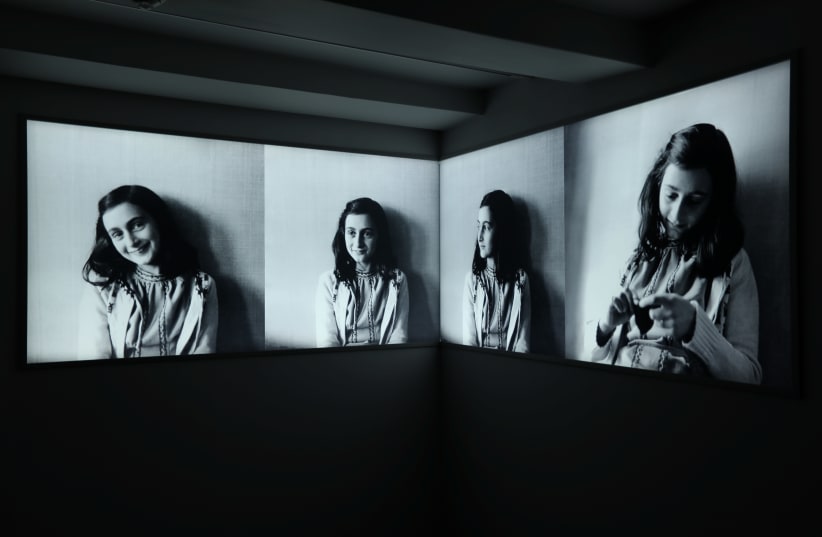The indoor "Street View" imagery of Merwedeplein 37-II, the flat where Anne spent her childhood, allows visitors to view all the rooms of her home for the first time, including the bedroom she shared with her sister Margot.
The online exhibit contains documents and images about Anne, including the only known video of Anne and the only picture of her with her parents and sister.
The video was taken by coincidence at a neighbor's wedding, as Anne watched the guests from her living room window. The family picture was taken in May 1941 outside their apartment on the Merwedeplein (Merwede Square), a year before the family went into hiding in the Secret Annex, according to the exhibit.
The Frank family moved out of their hometown of Frankfurt shortly after the Nazis came to power in Germany in January 1933. At first, Anne, Margot and Edith Frank lived in western Germany while Otto Frank moved to Amsterdam to set up a new business.
By November, Edith found the flat on the Merwedeplein, which Anne referred to as "the Merry" in her diary, in the Rivers district of Amsterdam, according to the exhibit. Edith described the flat in a letter to a former neighbor in Frankfurt, writing that "everything is light, comfortable and warm."
Anne's grandmother (Edith's mother) moved into the flat as well after Kristallnacht.
They lived in the apartment on the Merwedeplein for about eight years before they went into hiding. Otto paid the rent for the flat a year in advance with the hope that they would be able to return soon. In August 1944, the family was discovered in the Secret Annex and was deported to Auschwitz. Anne and Margot died in February 1945 in the Bergen-Belsen concentration camp and Edith died in Auschwitz in January 1945.
Otto was the only survivor from the family and returned to Amsterdam in June 1945, where he lived with Jan and Miep Gies who had helped him when he was in hiding, until he remarried and moved to Switzerland in 1953.
A picture of Anne at the Montessori school in Amsterdam in 1935 also features in the exhibit. Anne would have been about six years old when the photo was taken.
The house was occupied by various residents after the war, until 2004 when the Ymere housing corporation bought and restored it to its 1930s original style, in collaboration with the Anne Frank House.
Since 2005, the house has served as accommodation for foreign writers who can't work freely in their own country, according to the exhibit. "We feel that this is an appropriate use for Anne Frank's former home, and we want to keep it so. It is a place where freedom, tolerance and free speech are given room to breathe," said Ronald Leopold, executive director of the Anne Frank House.
